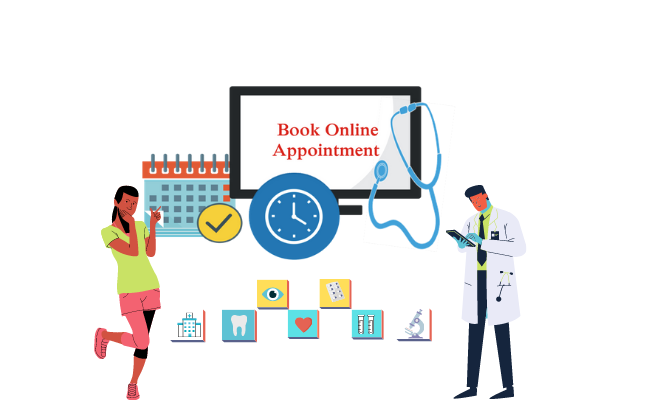Benefits of an Online Appointment Management System in Healthcare Industry
The need for healthcare services is growing with the increase in population. The number of patients seeking care at hospitals, medical facilities, and physician practices has significantly improved.
This rise brings challenges for facility staff and administrators. Online scheduling software, a technological advancement, simplifies booking processes for patients and staff.
What are the advantages of Online Scheduling System?
Online scheduling systems — also called online booking applications or online schedulers — are secure, web-based tools that allow patients to conveniently book appointments via any device.
Patients can access the system through a unique “Book Now” button. Once selected, the time is auto-confirmed and recorded — no manual staff action required.
Features like automated SMS and email reminders enhance the patient experience. The system allows:
- Booking vaccinations and treatments
- Scheduling appointments and services
Time-Saving
With an appointment management system, staff spend less time on phone calls and more on critical tasks. Patients save time as well — no need to call during work hours.
For instance, a hospital handling 100+ daily appointments could save hours of staff time by adopting an online booking system.
Monetary Savings
Time saved means cost saved. The system reduces staffing needs for appointment handling, making it a cost-effective solution for healthcare providers.
24-Hour Convenience
Unlike phone bookings restricted to business hours, the online appointment system allows patients to book anytime. Over 55% of bookings happen after business hours.
Online Payment
Integrated with secure online payments, the system improves user confidence. Providers can also offer discounts or incentives for booking via the system.
This aligns with digital transformation goals in healthcare. The appointment scheduling system supports workflow optimization and boosts patient trust and loyalty.
Centralized Information System
Many platforms also include Electronic Health Record (EHR) integration. This centralized access streamlines patient management, reduces paperwork, and enables informed decisions.
For example, if a patient sees both a dentist and orthodontist at one facility, a centralized record system ensures both professionals stay informed, saving time and improving care quality.
These systems provide a shared interface for multiple practitioners, contributing to coordinated and efficient patient care.


